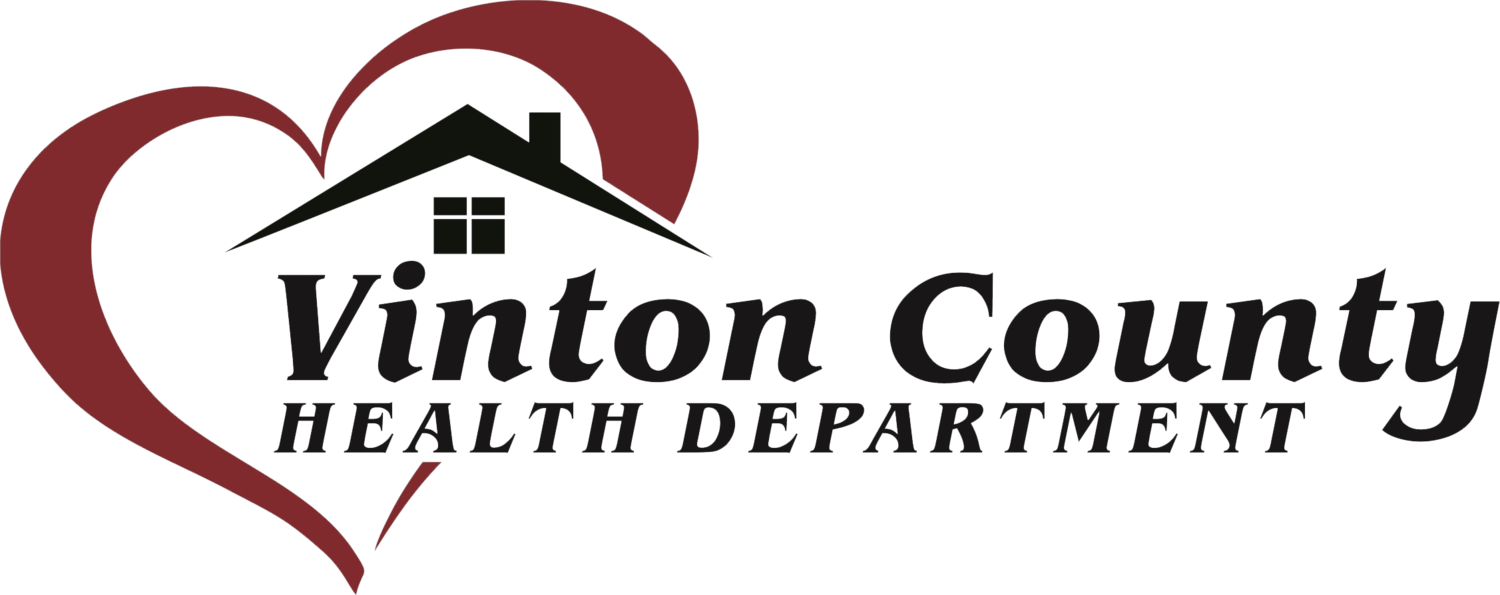The Vinton County Post Overdose Response Team or P.O.R.T. is a group of trained individuals who respond to known overdoses within Vinton County. P.O.R.T. works alongside community partners like the Vinton County Sheriff’s Department and EMS to identify suspected and confirmed overdoses. Once a list is comprised, P.O.R.T. responds to these cases by visiting the individual who survived an overdose. During these visits P.O.R.T. provides resources to this individual and their loved ones including, linkage to rehabilitation treatment and harm prevention services through providing Naloxone.
P.O.R.T. Members
Melanie Carte-P.O.R.T. Coordinator
Tia Elliott-P.O.R.T. Responder
Seth Fannin-P.O.R.T. Member
Candy Ball-P.O.R.T. Member
Destiny Stepin-P.O.R.T. Member
Nancy Baur-P.O.R.T. Member
Amanda Lee- P.O.R.T Member
If you or someone you know has experienced an overdose and would like to receive P.O.R.T. services please contact our P.O.R.T. Coordinator, Melanie Carte at (740) 979-9003 or mcarte@vintonohhealth.org
FOLLOW US ON FACEBOOK FOR P.O.R.T. UPDATES!
Vinton County Naloxboxes
Through various community partnerships, our substance use prevention and overdose response team has been able to implement nine naloxboxes throughout Vinton County. A naloxbox is a free community resource that allows anyone to have immediate access to lifesaving Naloxone. These boxes are placed in public locations within Vinton County and are maintained by the Vinton County Health Department.
If your agency would like to have a naloxbox placed at your location please contact the Health Department at (740) 596-5233.
Vinton County P.O.R.T. was awarded The OneOhio Recovery Foundation Grant
OneOhio Recovery Foundation Website
Car Purchased with OneOhio Recovery Foundation Funds
P.O.R.T. secured funding to purchase a car to transport clients, increase accessibility to treatment and community resources.
Project DAWN is a community-based overdose education and naloxone distribution program. Project DAWN participants receive training on:
Recognizing the signs and symptoms of overdose
Distinguishing between different types of overdose
Performing rescue breathing
Calling emergency medical services
Administering intranasal Naloxone
What is Naloxone? Among the tools available to prevent opioid drug overdose deaths is Naloxone Hydrochloride (also known as Narcan). Naloxone is indicated for the complete or partial reversal of narcotic depression, including respiratory depression, induced by opioids including natural and synthetic opioids, and certain partial opioid antagonist analgesics. When administered during an overdose, Naloxone blocks the effects of opioids on the brain and temporarily restores breathing within minutes. Naloxone has been used safely by emergency medical professionals for over 40 years and has only one function: to reverse the effects of opioids on the brain and the respiratory system in order to prevent death. Naloxone is a highly specific medication which means that when it is administered in standard doses and in the absence of opioids or agonistic effects of other opioid antagonists, it exhibits essentially no pharmacologic activity. Naloxone is not a controlled substance and has not been shown to produce tolerance or cause physical or psychological dependence. Naloxone is an incredibly safe medication and it is impossible to overdose on Naloxone. The only contraindication for Naloxone is in patients who are known to be hypersensitive to the medication. Administration of Naloxone varies based upon the setting in which it is administered. While most commonly given by intramuscular injection (IM), it can also be administered intranasally using an atomizer device that delivers a mist to the nasal mucus membrane. The device used for this latter form of administration is not yet FDA approved, but studies show that it is just as effective as IM injection. In addition, intranasal administration is becoming increasingly common in overdose prevention programs throughout the country, commonly referred to as Naloxone Prescription Programs (OENDPs), because it prevents needle stick injuries and its overall ease of use.
As part of our Anti-Stigma Campaign, the Vinton County Health Department is proud to present the Silence the Stigma, Not Your Story storytelling project. Substance use is something that impacts our entire community. To bring about awareness and eliminate the stigma that is associated with substance use disorder we are encouraging individuals to tell their story of how substance use has impacted them. By allowing individuals to share their story we are reshaping the conversation around substance use and hoping this leads to further connections to harm reduction services, rehabilitation treatment, and lives saved instead of lost to this disease.
We are pleased to announce the beginning of a year long story telling campaign. We hope the stories of our community members will inspire hope and plant the seeds of acceptance and recovery. You can watch the stories below:
Overdose Fatality Review
Each quarter, the Vinton County Health Department leads an Overdose Fatality Review or OFR. OFRs produce vital information on how to prevent overdoses in the future. To learn more about the purpose and value of OFRs please review the Overdose Fatality Review Manual.
“An OFR is a valuable tool for the prevention of drug overdose deaths in a community by strengthening systematic responses. The multidisciplinary team meets to share and discuss, in a focused and nonjudgmental way, comprehensive information about the circumstances leading to an unintentional overdose death and the response to that death. Review of the deaths by an OFR team allows for a more comprehensive understanding of the circumstances surrounding the deaths through the consolidation of multiple data sources such as death certificates; coroner/medical examiner scene investigations and toxicology; medical history, including controlled prescription drug usage; mental health and other treatment information; and law enforcement information. Results from the data presented and discussed at OFR meetings can be used to identify trends and patterns, recommend programmatic or policy changes and inform the work of prescribing healthcare providers, law enforcement, public health and mental health providers to reduce drug overdose deaths in the community.”- Ohio Dept. of Health
Vinton County Overdose Fatality Review Members:
Vinton County Health Department
Vinton County Police Department
Vinton County Emergency Medical Service
Hopewell Health Centers, Inc.
317 Board: Athens-Hocking-Vinton Alcohol, Drug Addiction and Mental Health Services Board
Vinton County Coronor’s Office
Integrated Services for Behavioral Health















